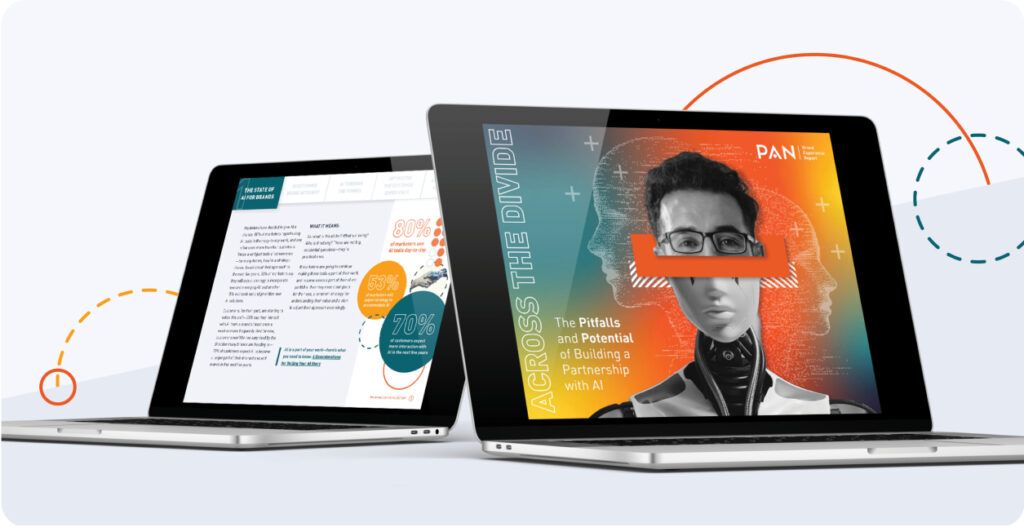2021 is the year cybersecurity went mainstream.
A massive spike in global ransomware attacks has catapulted the topic onto the front pages.
These days you’d be as likely to talk about the latest corporate hack with your mates down the pub as the new Netflix true crime series.
And it’s not just down to the volume of attacks (a reported 93% increase on the first half of last year), it’s the type of attacks. For the first time, they are hitting companies and organisations that directly impact you and me.
From oil for home heating and meat for your dinner to hospital appointments, supermarket trips or sending your kids to school, everyday life is being disrupted at an unprecedented scale and severity.
The scare stories we’ve been hearing for years seem to be coming true and have all the juicy elements to grab headlines – state-backed cyber-criminal gangs, with names like REvil, DarkSide and Ragnar, operating in the dark web and demanding payments in crypto. They actively court publicity and even offer Ransomware-as-a-Service (RaaS) on their websites!
Cybersecurity is now no longer just a tech or business story, it’s a consumer story.
See more in ‘CyberSecurity in the Spotlight: Reflections and Predictions’ here.
With more of us online spending more of our time in the digital world than ever before, it’s no wonder we’ve become transfixed by cyber issues.
And business leaders are no exception. PwC’s latest annual global CEO survey saw ‘cybersecurity’ jump from fourth to second in this year’s ranking of business growth threats. Second only to the pandemic.
No surprise then that the industry is booming.
Gartner forecasts cybersecurity spending to exceed $150 billion in 2021, a 12.4% rise on last year. The start-up sector is on fire too, with $9 billion of venture funding this year, already surpassing the record-breaking $7.8 billion raised by security companies last year.
Crunchbase reports that 2021 has seen nine cybersecurity unicorns minted – beating the previous record of six in a single year – while blockbuster IPOs for Darktrace and SentinelOne saw their valuations soar.
All this should be great news for cybersecurity brands, right? Yes, and no.
Yes, awareness of threats and demand for services are way up, so that makes for a healthy business and sales environment.
However, competition is also exploding. And as the market becomes ever more crowded, brands will have to work harder than ever to stand out.
With this mind, below are some ways B2B cybersecurity communicators can ensure their brand is heard through the noise.
3 Storytelling Tips to Make Your Cybersecurity Brand Stand Out
Keep it human to cut through
Not all consumers are businesspeople but all businesspeople are consumers.
This is truer now than ever. Cyber threats and data hacks are mainstream news. When it’s a business that’s hacked, there are consequences for real people.
The stories cutting through are those with a human-interest angle.
Cybersecurity B2B communicators need to take note of this. Don’t be afraid to tell your story through a consumer lens. Not just to a business buyer.
Too many focus on the product, features or the tech but neglect to bring to life how it is relevant to you and me.
Too many focus on the product, features or the tech but neglect to bring to life how it is relevant to you and me.
Maybe it might be explaining how your new product will help remote employees feel more secure working from home? Or new research that highlights the vulnerabilities of rapidly growing IoT networks by identifying weaknesses in baby monitor devices? Or demonstrating your spokesperson’s expertise by offering insights on how and why cyber criminals are targeting schools and healthcare organisations?
Whatever approach you take, don’t be afraid to get creative and design your campaigns and stories with mainstream media in mind, while building in strong business messaging that will allow it to extend to trade and specialist industry titles too.
We did this very successfully with our client, Cybernews – a cybersecurity news and research investigations platform aimed primarily at a business audience. We approached the Daily Mail newspaper to offer to secretly (and ethically) hack some of their journalists. The fantastic coverage achieved served to highlight the increased threat to remote workers and businesses, and spilled over to tech trade media too.
Read more on utilizing storytelling in cybersecurity content marketing here.
Keep it simple to win trust
The cybersecurity world is filled with overly complicated language, acronyms and “inside baseball” technical terms.
This can alienate potential prospects, who might already feel overwhelmed beginning their buying journey in a complex and crowded space.
The situation is not helped by a reputation for fast-talking “snake oil salesmen” making lofty claims around technology and effectiveness, couched in industry jargon designed to confuse.
It’s no wonder so many business buyers report perplexity and mistrust when looking for a security provider.
Cybersecurity PR professionals should use this as an opportunity to differentiate their brand. Make a commitment to cut out the BS and simplify language in all comms. This is key to winning customer trust.
Don’t talk about the latest buzzy tech for the sake of it. Convey the benefits of something like AI, for example, by telling straightforward stories of how it transformed detection speed to keep business and personal data safe. Don’t get bogged down in the technicalities. Nobody cares.
Use real-life case studies and let your customers speak for you. There are no better or more credible brand advocates.
Use real-life case studies and let your customers speak for you. There are no better or more credible brand advocates.
Finally, look to create unique, interesting and data-backed research content that uncovers threats or explores issues that relate to people’s daily personal and professional lives.
Our cybersecurity training client Hack The Box aims to take the chore out of learning cyber skills by focussing on gamification. They use simple messaging for people and businesses – adopt a proactive “ethical hacking” mindset to stay ahead of the cyber criminals, and don’t just rely on technology. Hack The Box stresses in its comms that this means it’s everybody’s responsibility to become cyber aware and stay up to date on the latest attack methods. They argue that should involve continually testing out your own systems for vulnerabilities before bad actors find them. It positions its interactive training platform as an effective and fun solution to enable this.
Why is thought leadership the key catalyst to building cybersecurity brand trust? Learn more here.
Build your brand for the long term
Cyber has a brand problem.
It has been reported that 30% of buyers don’t know the name of their current cybersecurity provider, and 68% are overwhelmed by the sheer number of cybersecurity vendors.
These startling findings demonstrate the importance to B2B security businesses of investing in long-term brand building to stand out in a market fast approaching saturation.
In a sea of same, be different. Create memorable big bet campaigns that engage on an emotional human level.
In a sea of same, be different. Create memorable big bet campaigns that engage on an emotional human level and avoid relying on boring tech product talk.
Our client Bitdefender has a fascinating back story. Softwin was originally founded by a Romanian couple in the wake of the revolution in 1989. Against all odds, they rose from the ashes of an old regime that didn’t permit entrepreneurship to build one of the country’s most successful global exports. It evolved to become Bitdefender in 2001 and, as it approaches its 20th anniversary in November this year, the company will play on this strong brand heritage and human founder stories to remind the market of why it is one the world’s most trusted and innovative names in cybersecurity.
It has been said many times before, but PR is a marathon, not a sprint. Cybersecurity PR is no different. Communications programmes should be investing just as much time and budget in long-term brand building programmes as short-term activations to catch a sustained wave in this exploding space.



